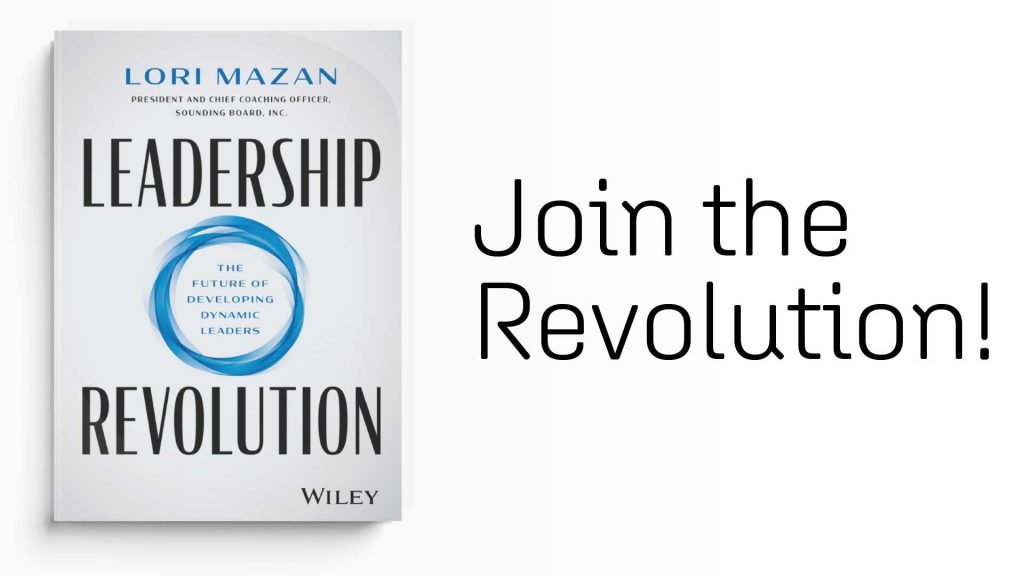There is no doubt that we are living in chaotic times. Across the world, politics, work and the economy – it feels like things just spin faster and faster every year. It was with this thought in mind that we put on the “Growing Leaders During Chaotic Times” event. We had over 130+ people in attendance, moderated by myself (Christine Tao, Founder of Sounding Board) and featuring fantastic speakers such as Dolores Bernardo (Head of Learning, AirBnB), Darren Shimkus (GM, Udemy for Business) and Cynthia Owyoung (Founder, Breaking Glass Forums, ex Github/Yahoo). Unfortunately, Bob Huynh (Viki) had to bow out on the day of due to illness.
Udemy and Breaking Glass were great partners, providing a beautiful space for the event and driving a lot of the relevant topics for discussion. The topic was developing leaders in high-growth, volatile environments – whether that was doubling headcount every year, or through major expansions and contractions. There were a few major themes and takeaways from the discussion. For a full-fledged replay of the panel, sign up for the Sounding Board mailing list to get access to the entire one-hour session.
INTEGRATE DEVELOPMENT WITH GROWTH STAGE AND LEVEL
Oftentimes, the leadership needs of an organization change as companies go through different growth cycles, which impacts how companies think about how they recruit, promote and invest at those different stages – early stage, growth, maturity. Darren from Udemy highlighted how many startups will often invest internally and promote from within during the early stages of growth.
This can be a great strategy and often a boost to culture as early employees that know the business and culture of the company are rewarded for their efforts in building the business. At that stage, companies may not necessarily have much structure around their development programs and are looking for those employees to “sink or swim”. This may work early on as those early leaders are often already operating at a managerial level before they are promoted. However, where companies often get tripped up is thinking that they can continue to promote people up through the organization without also investing at those different levels of leadership. He urged companies to think proactively about how they want to invest in development at different stages of promotions and company growth – whether it’s coaching at the various levels, scaled learning across the company, or additional mentoring and training. At the same time, companies have to also seriously consider culture fit as they bring in more experienced executives at later stages of a company’s growth. New executive entries are often also important leadership transitions where it is critical to think about development and support to ensure that they are successful.
THINK ABOUT INDIVIDUAL RESILIENCE AS WELL AS THE STAGE
Dolores brought in her experience from Google, which she joined at 15,000 employees and left around 60,000 when it became ABC. If you are looking at a leader as the use case, think about how they are going to transition through those stages. It’s about scaling your leadership (just like scaling your products). Get in that mindset early and think about how your role evolves from more day to day management to more vision, strategy, etc as you go from 10 to 500 to 5,000 to 60,000 employees. Constantly re-evaluate your role every 3 months and think, “What will it look like tomorrow”? The other often overlooked piece is the individual and their resilience. At high-growth companies it is chaotic and there is a lot happening. The anxiety that hyper-growth creates is real and it’s important that leaders are equipped to manage their own personal resilience through those changes. This is something that companies can develop programs to support, whether through coaching, mentoring or peer learning communities and resources.
USE DATA & EXPERIMENT TO BUILD CREDIBILITY FOR PROGRAM INVESTMENT
Getting creative around free programs and peer learning were two major strategies shared to address how companies can build initial development programs during lean times. Pair early wins through scrappy programs with additional research and data to make the case for additional investment later on. Dolores brought up a great example at AirBnB, how just now at 9 months in did they finally secure the larger budget to invest in different initiatives. It took 9 months of building with a lean team, learning about the needs of the organization, and establishing the right alliances to get executive buy-in on the areas that they wanted to invest. Some examples of creative, free leadership programs include things as simple as:
- Book clubs
- Peer-to-peer learning: facilitate get-togethers like Manager Roundtables where managers can share learnings, real examples, and talk through challenges together
- Mentoring – facilitating internal mentoring opportunities
- Create learning communities for people to share on different topics
- Curate content that is already out there
If you can also focus on conversations around value and culture with executives, and the type of people you want to attract as a company, that can serve as a great platform for building a use case around investing in learning programs. Most companies want to attract ambitious, smart and curious talent and promote a culture of learning – which goes part and parcel with investing in learning & development.
DESIGN YOUR LEADERSHIP DEVELOPMENT WITH THE NEEDS OF THE BUSINESS
When thinking about designing your initial L&D program, all the panelists advocated starting with the business needs and strategy. Whether you pull that from surveys, discussions with executives, people managers and employees – it’s important to start with an understanding of the areas of need, the capabilities that then need to be focused on, and what modes of learning you need to apply towards that. For example, in high-growth companies, recruiting and hiring well can have a huge impact on downstream managerial and people issues. At Github, they scaled from 300 to 500 employees in 9 months. So Cynthia saw that hiring effectively was one of the highest priorities and focused a lot of L&D on developing their hiring capabilities. This included interview training, just-in-time learning, interview practice, informal mock interviews, etc. A major takeaway is that there is no one “winning method” or program. Priorities and company objectives will change, so a key factor in driving effective learning is to keep a pulse on the business needs and talent and tailor your programs accordingly. Like what you’ve learned? This is only part of what we covered. For more advice and practical strategies, sign up for access to the full Growing Leaders panel here!








